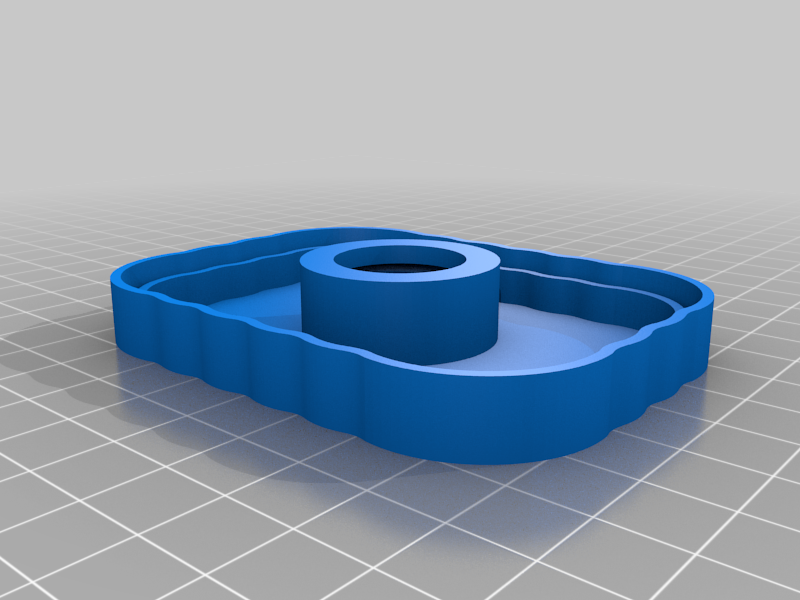
Downspout Hydroponics Components
thingiverse
Parts to utilize scalloped vinyl downspouts as hydroponic watering tubes. Updates 12/07/2020 I have noticed that parts made out of PLA tend to get brittle over time when exposed to the elements. Thin parts will probably break. I am using PETG now to see if it holds up better in this type of system. 07/23/2022 I decided to update my setup after realizing the previous method was not as efficient as I had hoped. 01/12/2023 The recent cold snap has made me realize that a better seal is needed between the downspout and hose connections. I will be looking into using a TPU gasket in combination with silicone to provide a more reliable seal. Summary I designed these parts last year while I was making elbows for my downspouts and had posted them with my downspout parts. I decided that it might be a good time to repost them, on their own, in case there were people that were thinking of supplementing their food supply with home grown additions. Basic Hydroponic Concept The idea is that you take a couple of lengths of downspout, cut to a length that fits your space. Cut small circles out of the side of the pipe, spaced for your plants. You can use a hole saw for this. These need to be sized to hold whatever propagation pods you choose to use. Place the lengths of pipe horizontally (at a slight slope for water flow) one above the other in a zigzag pattern, starting high and moving down for each length of pipe. The direction is reversed for each pipe. Some kind of support structure or frame needs to be constructed for this. A wooden frame or something else that can hold the tubes relatively firmly in place. Water is pumped to the top horizontal tube where it flows down the tube to the end. It is then channelled to the next tube using a small section of hose. The water then flows back through the next pipe towards the starting point. Each pipe has a slight slope so the water will flow. This can be repeated multiple times in a zigzag pattern. Plants are placed in small mesh pots that sit in the holes that were cut out of the downspout side. These pots are set so they sit into the flowing water. Seeds can be placed inside a fibrous host (such as a peat or rockwool) to help hold them in place and these can then be placed into the pods. A pump is placed inside a water reservoir (bucket) that holds the systems water supply and where nutrients are added. The water is pumped up to the start point where gravity then moves it back to the reservoir. The water can be re-aerated by having it fall from the last pipe back into the bucket. If more air is required a small aquarium air pump can be added to the reservoir. I have printed the parts in both PLA and TPU. In both cases you will need to glue the ends to the vinyl downspout. I have not done any testing as to what the best glue would be but possibly a bead of silicone may work. Be sure you do not set this up in a location where you may have water damage should any parts leak. If you print in PLA or other hard plastic you will most likely need rubber gaskets to seal the screw in hose connections.
With this file you will be able to print Downspout Hydroponics Components with your 3D printer. Click on the button and save the file on your computer to work, edit or customize your design. You can also find more 3D designs for printers on Downspout Hydroponics Components.
